Finally got my Paterson Universal developing tank in the mail today, and so I embarked upon developing my very first roll of film since about 1988. Just to make things interesting and cheap, I had prepared by obtaining 70 some-odd rolls of various C-41 process color print film that were well past their expiration date. Additionally, I was going to develop this wildly out-of date film in a soup composed of cheap instant coffee, washing soda and vitamin C, like I was some kind of tree-hugging hippy.

100% crop of the above frame. Noteable grain and lack of contrast, but much better than I’d expected, considering what this film looked like when processed by Walgreens.
Well, my motivations were primarily aimed at minimum expense, but the earth-friendliness of Caffenol-C didn’t hurt any. The randomness and faultiness inherent in using 15-year-old film is also interesting to me. Film photography itself is something of a delayed satisfaction kind of thing, and added surprises can be delightful.
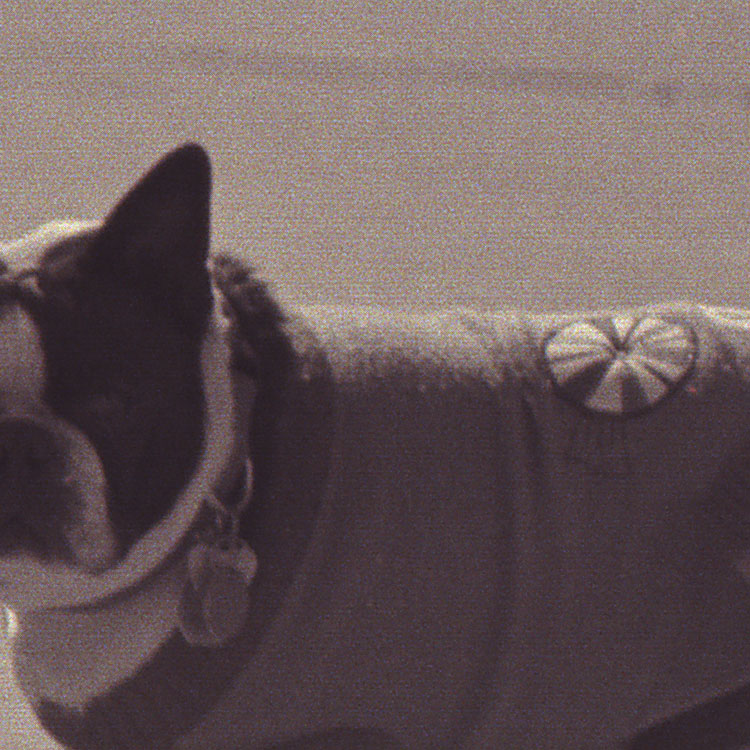
100% crop of a frame scanned as “color negative”. This purple-ish sepiatone is all the color you get from Caf-C
Considering the cost (probably not much more than a buck a roll, counting what I paid for the film itself), I’m prepared to be happy with grainy, high-contrast black and white results. I’m not expecting to get results like brand new black & white film, but I’m hoping to make this a useable process that can be depended on to provide fairly consistent and pleasing results. Many photographers have experimented with Caffenol-C before, and the method has a proven track record with all sorts of films. I won’t be treading virgin ground here, but I intend to make this my primary process for enjoying film photography cheaply.
So, my first roll tonight was a roll of Kodak Gold 100 C-41 color print film that had expired in 1997. I shot this roll over the past couple of weeks in the “Truck Camera”, a late-70’s Vivitar 250/SL M42-mount SLR. The Caffenol-C recipe I used is distilled from reading a number of recipes and choosing what seemed to work for people who had good-looking photos:
1) Mix up your Fixer. I use Kodak fixer, and it doesn’t seem to matter much which you use. This you can re-use several times and store for awhile, so just pre-mix it and keep it handy in a jug.
2) put 12oz. of water into 3 different containers.
3) mix a 1 tsp. packet of Emergen-C (or powdered vitamin C) in the first container.
4) mix 7 level tsp. of Washing Soda in the second container. make sure to get all the chunks dissolved.
5) mix 10 level tsp. of cheap, strong instant coffee (not decaf) in the third container.
6) when you are ready to develop, mix these three containers into a large jug and mix well. This is your Caffenol-C developer, and it doesn’t store for long, so use it pretty quickly.
7) In total darkness, wind your film to be developed into your developing tank spools, and snap in the top funnel to make the tank light-safe. Once this is done, you can turn the lights back on.
8) pre-soak your film in plain tap water for about 5 minutes, then dump the water out.
9) pour in your Caffenol-C developer solution, fill up the tank completely. Snap on the watertight lid and start agitating for the first full minute. You’ll be developing for 16 minutes, agitating 3 times each minute and tapping the tank on the sink to clear air bubbles.
10) while you are developing, rinse out your 3 empty containers and fill 2 of them up with water again. Add about a half-shot of vinegar to one of them, and just sit some dishwashing liquid next to the other.
11) after developing for 16 minutes, dump out the developer and pour in the container with vinegar water in it. This is your stop bath. Agitate 6 times and dump.
12) fill the tank with tap water and agitate 6 times, then dump and do it again.
13) pour in your Fixer, and fix for 5 minutes, agitating 3 times per minute.
14) pour out the fixer after 5 minutes (just put it back in your fixer bottle, it can be re-used) , then fill tank with tap water. agitate 3 times and dump.
15) refill with water, agitate 6 times and dump.
16) refill with water, agitate 12 times and dump.
17) put a drop of dish soap in the last container and pour it into the tank, filling the rest with water. Agitate slowly 24 times and dump.
18) rinse out the soapy water, and you can now take the reels out of the tank and hang them up to dry.
I’m certainly not the first Typospherian to get the “develop your own film in coffee” bug, but I didn’t know about Clickthing’s experiments in 2009, where he Caf-C’d a bunch of hand-rolled B&W film, and was pleased with his results. His recipe and process are a bit different than what I used, but the method seems to be very forgiving about methodology.
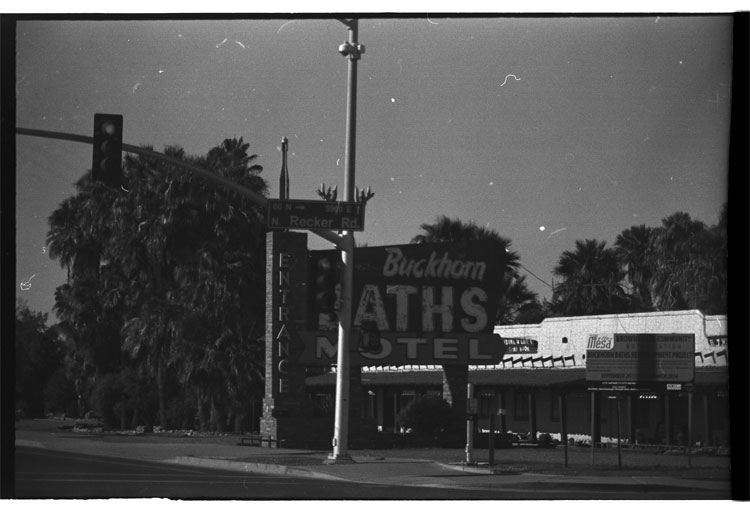


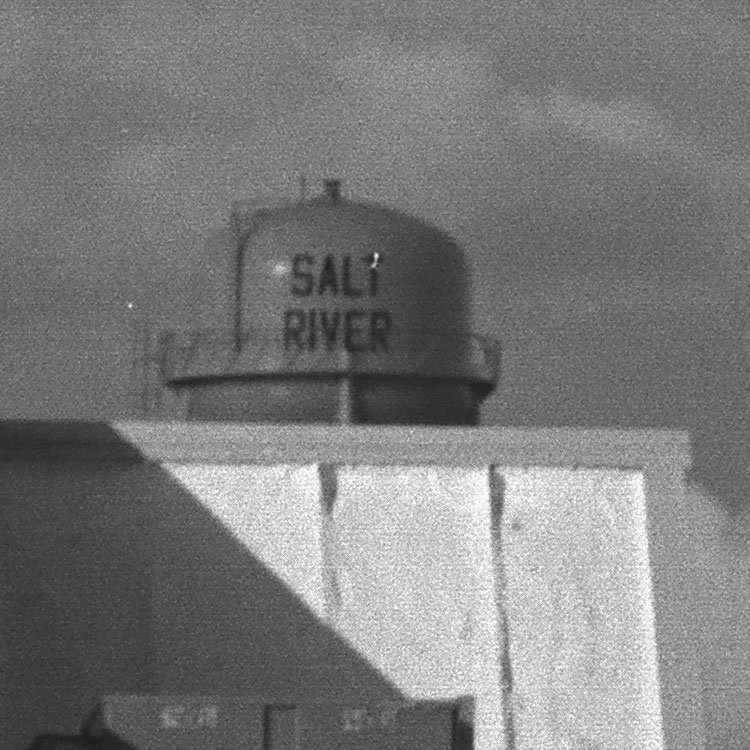

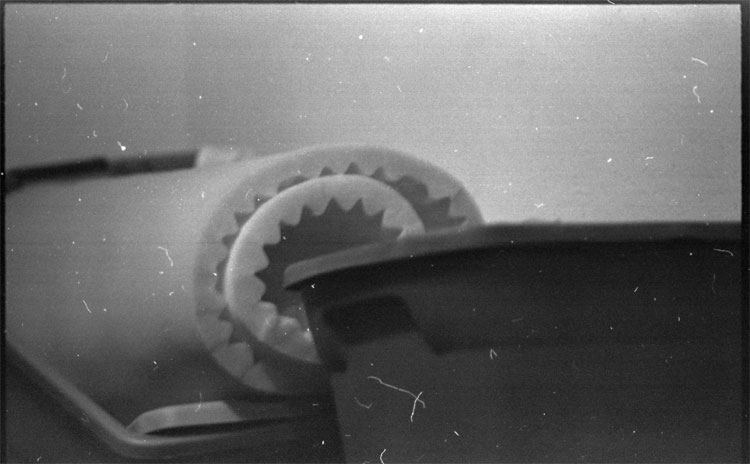
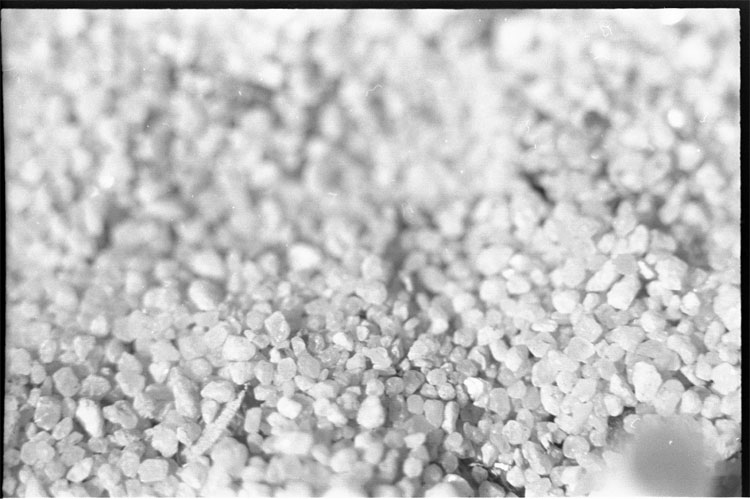
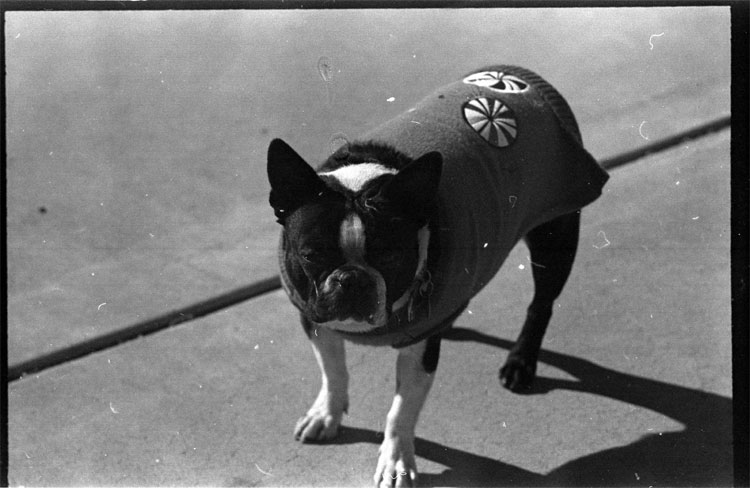
Nice to know about Caffenol processing. I read about using coffee for developing film, but I passed it off as one of those coffee does everything stories. I’m glad you are persuing it and posting the results. I do need to try this as I recently took my press camera out of hiding and I have a few boxes of B & W sheet film (not C-41, but I may try Caffenol if only to see if it will work) to play with. All I need is some time.
Nice work on your photos.
Your results look pretty decent. I”ve been studying caffenol sites for a few weeks now. I bought a few old film cameras wich I really like using and was looking for cheap places to develop and I came across the caffenol stuff. I asked on the caffenol blog from wich you can get the caffenol cook book, they told me caffenol c-m for 15 min. for color film @400. Like you, I’m looking forward to seeing some results but I have yet to purchase the tank.
I’ll have to try out Caffenol C-M soon, but I’ve been having good luck with Caffenol-C at 21 minutes developing time. The film I’m using expired the same month the Twin Towers fell, so pushing it a bit seems to help.
Regarding tanks, I highly recommend the Paterson System 4 tanks. The reels are super-easy to load – far easier than I remember the old wire reels being.
Got the tank, Adorama tank for 2 rolls of 35mm., changing bag and adorama fixer. Did 2 rolls of Kodak ultramax witch I bought prior to knowing about caffenol. I followed the C-M but only for 12 and 13 minutes sperately. Results on the 13 were disappointing, the 12 was better. Still had some funky colors, reddish/orange/bluish. Maybe I needed to stick to the 15 minutes? It disappeared after inverting and removing saturation. Anyway, I”ll try a couple more but I did buy some kentmere 400 b&w. I think I’ll have better results with that than color.
cool! ya, I recently picked up some 1-year expired Ilford HP5+ B&W that develops like a dream in Caff-C. makes the older Kodak C-41 look sick, but I’m still pretty pleased with the results I can get from Caff-C’ing C-41 that old. I think next on my plate is getting a C-41 “Press Kit” and trying to actually develop color. Temperature is critical for that. /:
Hi there,
i wondered how much fixer you need for each roll?
just enough to fill the tank, just like regular developing. I use basic Kodak fixer, mix a half-gallon at a time, and re-use it for a couple months or maybe 20 rolls, whichever comes first.
Hello there!
What beautiful color here on this picture http://munk.org/typecast/wp-content/uploads/2014/01/2014-01-06-8.jpg. Was it the same film as the other photos? I really like it.
Also… what about the temperature? Is it 20ºC?
Yep, same film, just scanned in color instead of B&W (it was color c-41 film, so you get a kind of purplish sepiatone when it’s developed in caffenol)
Temperature was basically whatever the room temperature was. It doesn’t seem to matter much with this process – there’s a very wide amount of latitude re temperature and even timing and chemistry strength and formula. The one thing I learned from reading the Caffenol Cookbook was that *everyone* uses a different process and still gets pretty good results. It’s very forgiving.
Hi ,I just developed my first film ever it was a fujicolour 200 . I followed your instructions and it worked a treat . Thanks for sharing it. *(;0)
No problem! Great fun (:
Hi!
Quick question, did you mean 1 packet of Emergen-C or did you mean 1-tsp of Emergenc-C ?
Thank You!
I use the packet.
hi! I tried this for the first time today and ended up with some pretty dark negatives, should i up the developing time?
No idea really. It’s been a few years since I had the darkroom set up. Would have to refresh memory by doing it. (: